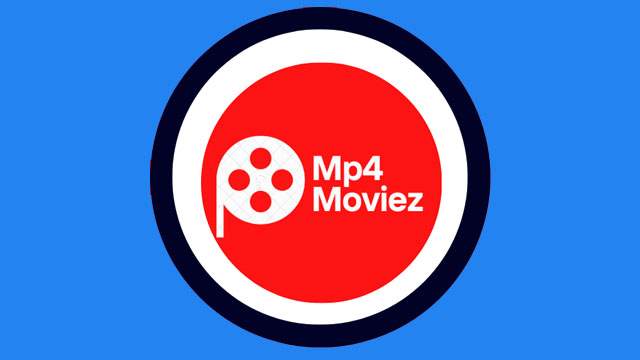MVP Development for Startups: Essential Strategies for Success
Startup founders often face a challenge when launching a new product. They need to validate their ideas without overspending or wasting resources. This is where the concept of Minimum Viable Product (MVP) comes into play. Creating an MVP allows startups to test market demand and refine their product based on real user feedback. By focusing on essential features, you can deliver value to early adopters and gather important insights for future development.
MVP development is not only about reducing costs but also about minimizing risks. Startups can learn what works and what doesn’t before fully committing to a complete product launch. This approach ensures that resources are invested wisely, increasing the chances of success in a competitive market. The investment required for building an MVP varies, but starting with a simpler version can save time and money while still providing valuable data.
Understanding the benefits and process of MVP development is crucial for any startup looking to scale effectively. By choosing the right MVP strategy, businesses can capitalize on market opportunities, make informed decisions, and establish a solid foundation for growth. Focusing on core functionalities and user feedback enables startups to build a product that truly meets the needs of their audience.
Understanding MVP Development
MVP development for startups involves creating a minimum viable product with core features to quickly gather feedback. This strategy helps startups refine their product roadmap and secure investor interest.
Key Principles of MVP
The MVP approach focuses on building a basic version of the product. Startups should prioritize core functionalities that address the main problem they aim to solve.
Rapid iteration is essential. This means making improvements based on user feedback swiftly and effectively.
A clear vision and target audience are crucial to ensure the MVP meets initial user needs.
Benefits of MVP for Startups
Creating an MVP offers multiple advantages for startups.
First, it allows for early market entry, which can help in gaining a competitive edge.
Second, it provides valuable user feedback that informs further development stages.
Third, MVPs are cost-effective, enabling startups to test a product without large financial investments. This approach can attract and assure investors by demonstrating the concept’s potential.
Common Misconceptions about MVPs
A common misconception is that an MVP is a minimal product with barely-there features. In reality, it should be a functional product that solves a core problem effectively.
Another misconception is that once the MVP is released, the job is done. The MVP is the beginning, not the end. Continuous improvements and iterations are necessary.
Lastly, some believe MVPs are only for tech startups. They are crucial across various industries for validating ideas and ensuring that the product development is on the right track.
Read also: https://onlyfinder.org/generative-ai-development/
Executing MVP Development
Effectively executing MVP development involves identifying the most essential features, assembling the right team, strategically launching the MVP, gathering valuable user feedback, and being prepared to iterate and pivot as necessary.
Identifying Core Features
Identifying core features is crucial. These features should solve the main problem the product aims to address. Start by understanding what users need most. Use research methods like surveys, interviews, and market analysis.
Prioritize features based on user needs and ease of implementation. Avoid overly complex features. Focus on delivering real value to users as quickly as possible. A simple, effective core product is better than an incomplete, complicated one.
Building Your MVP Team
Building a capable team is essential. Your team should include developers, designers, and product managers. Experienced professionals are better, but the key is choosing people who understand the product vision.
The development team writes the code and creates the app’s backend. Designers handle the user interface (UI) and user experience (UX). Product managers keep the project on track and ensure all teams work towards the same goal. Good communication between team members is vital.
MVP Launch Strategies
Launching your MVP strategically can lead to early success. Choose the right platforms and markets to target. Use social media, email marketing, and industry events to generate buzz.
Before the launch, ensure your product is fully functional and addresses the intended problems. A phased rollout, starting with a small group of users, can help identify initial issues. Monitor user responses and be ready to resolve problems quickly.
Gathering User Feedback
Gathering feedback from users helps in refining the product. Encourage users to share their experiences through surveys, reviews, and direct communication.
Pay close attention to user pain points and suggestions. Use this feedback to make data-driven decisions for future development. Feedback helps validate the product vision and identify necessary adjustments or enhancements.
Iterative Development and Pivot
Iterative development involves continuously updating the product based on user feedback and real-world use. Regularly release updates that address bugs and introduce new features.
Be open to pivoting if feedback indicates a significant change is needed. This adaptability can lead to discovering more viable product versions. Flexibility and responsiveness can make the difference between success and failure.
An MVP should evolve continually, ensuring it meets user needs and market demands efficiently.
The article was written in cooperation with the experts of SoftKraft – MVP Development for Startups Check our offer at https://www.softkraft.co/mvp-development-for-startups/







